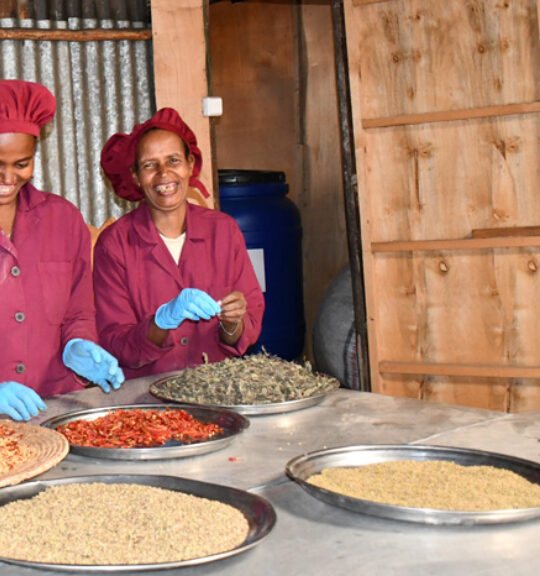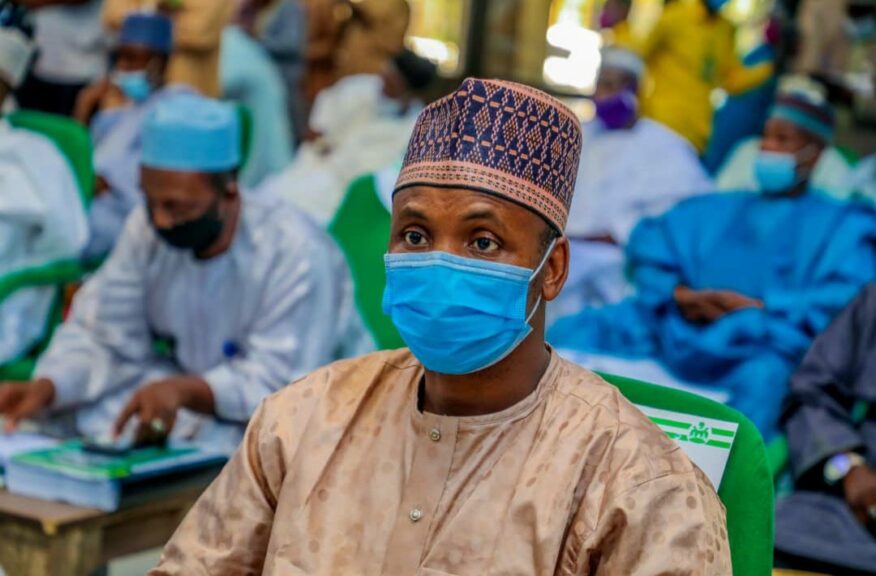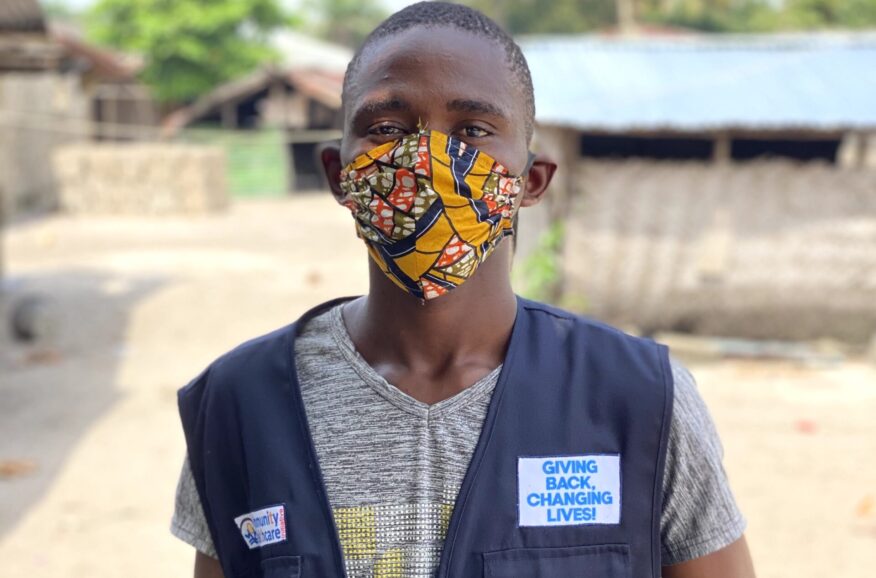Our Impact
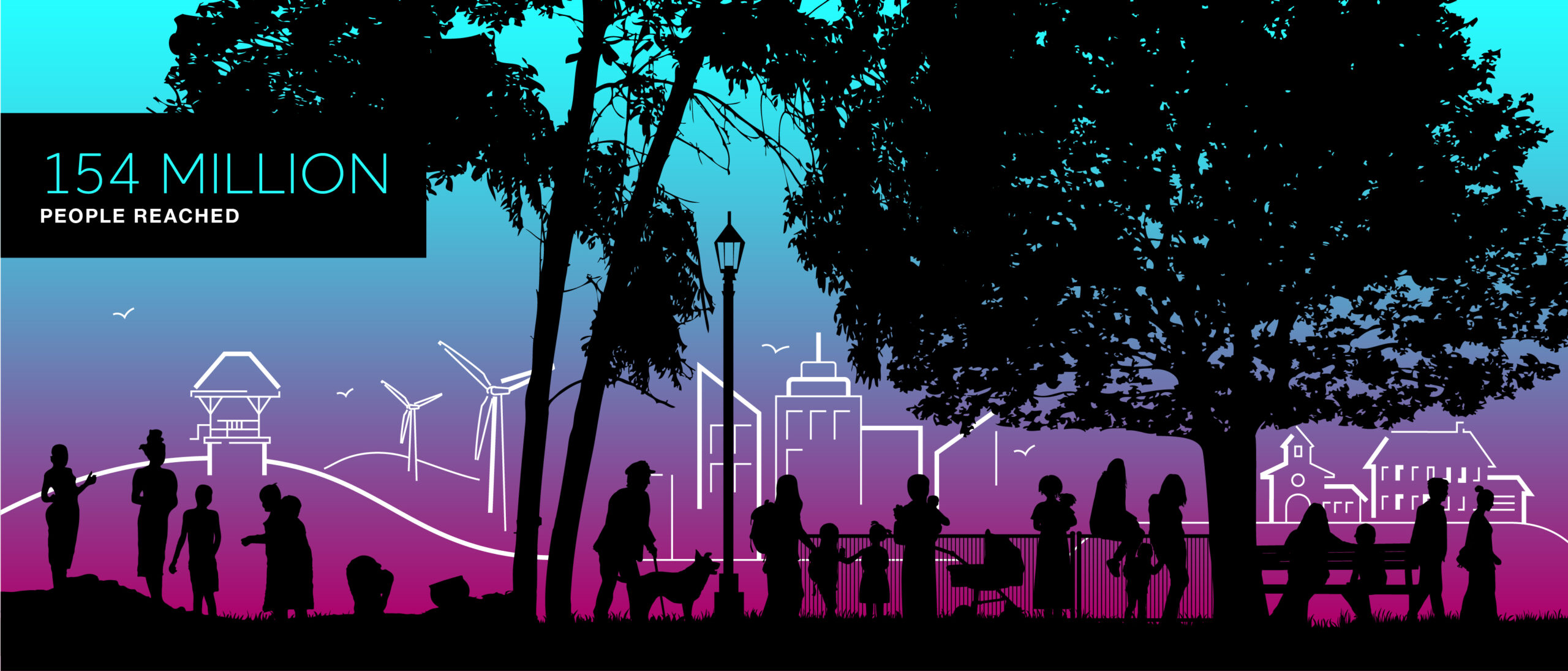
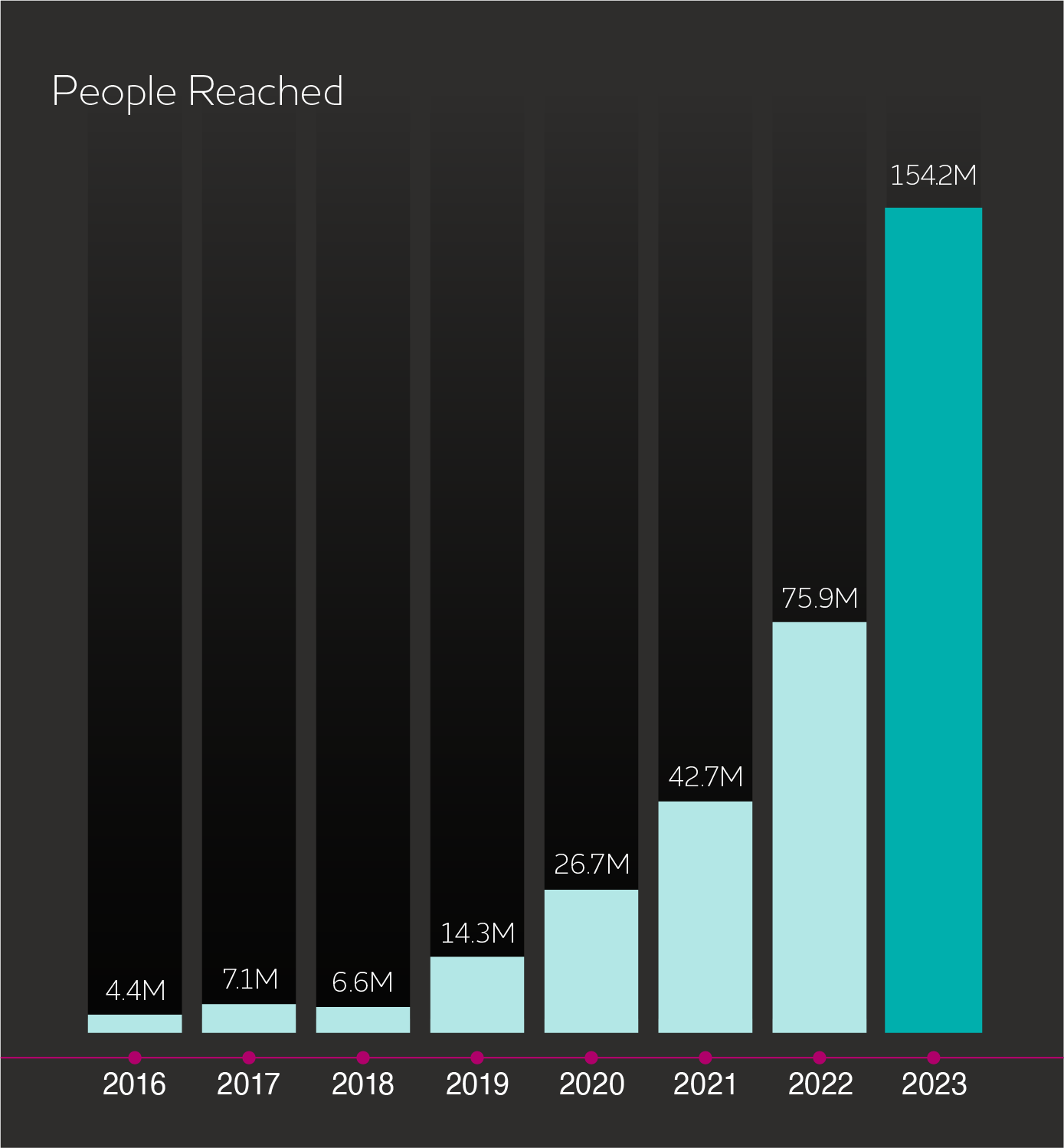
This is the most important indicator in our work! When we calculate how many people our projects reach, we take into account both direct and indirect levels of interaction. At the direct level, we include people who received assistance (be it training or technical assistance), who participated in a program activity, or who accessed services from a project. At the indirect level, we count people who received assistance, product, services, or benefits from those directly reached – for example, people who received vaccines from a health centre our program supported.
This number is everything to us. Who we are and what we do all culminates in a single metric – the number of human lives we’ve impacted for the better. We couldn’t be prouder to report that year over year, we’ve doubled the number of people we’ve reached both directly and indirectly through our work around the world.
This wasn’t achieved by accident. In 2023, we launched a number of new projects with global footprints across key sectors including climate, health, and conflict. We also shifted several of our projects into the implementation phase, and focused more of our efforts on large-scale activities like community mobilisation and mass media outreach.
But whether someone was reached through one-on-one contact with our team or a country-wide awareness campaign, the number remains the same. From the schools of rural Indonesia to the Lake District National Park in England to our humanitarian aid warehouses in Australia, our projects positively impacted over 150 million people in 2023.
Tailored and Personal Impact
In the UK, where we implement the Restart Scheme, that impact was extremely personal. Designed to help people who have been unemployed long-term, Restart provides tailored employability support for jobseekers in their local area. This year, that support flexed with the changing face of those in need – in particular, the over 200,000 Ukrainian refugees who’ve entered the UK since the Russian invasion. Those resettling in the country need extensive support, including ESOL (English for Speakers of Other Languages) courses.
The courses are free, feature flexible class times and in some cases, even provide childcare, fulfilling an essential need for many migrants and refugees. And in Southampton, Eastley, and Winchester, our Restart team ran several sessions of 6-week ESOL courses specifically focused on employment skills. Designed as a follow-on to the traditional language course, the team helped students get right-to-work documents, put their CVs together, and prepare for interviews.
For two Ukrainian sisters recently arrived in the country looking to put their master’s degrees in dentistry to use, attending the class with the Restart team led to finding the prefect job. Because they only wanted part time employment, the Employer Solutions team worked with a local dentist looking for a full-time dental nurse to split the job between them.
Impact at the Local Level
Across 10 countries, the USAID-funded New Partnerships Initiative Expanding Health Partnerships project (NPI EXPAND) is investing in local partners to strengthen their capacity to strategise, plan, and implement health sector programs. It’s a big picture program that gets big results, but not without a focus on the local level. Because without local partnerships, it would be near impossible to reach people with the right solutions to their needs.
At its core, NPI EXPAND is about empowering and investing in local partners so that they can provide the best possible healthcare within their communities. But it’s also about preparing our local partners to better work with USAID and in turn, bolstering localisation efforts. For the Kankicha Health Centre in Ethiopia, which serves over 33,000 people, that meant ensuring the centre could improve the quality and uptake of family planning and maternal, newborn, and child health services. One important investment was the new maternity waiting rooms.
In many rural health centres in Ethiopia, health centre maternity waiting homes give women who live far away from health facilities a place to go shortly before delivery to receive medical attention. For one woman, who lives four kilometres from her local health centre, the decision to give birth to her fourth child in the maternity waiting room at Kankicha Health Centre meant having access to a skilled provider before and after her birth, ensuring her and her baby girl’s safety and decreasing the risks associated with unattended home births.
From 2022 to 2023, home deliveries in the region decreased from 36% to 21% as more women have chosen health centre births with skills birth attendants.
154 million is a difficult number to comprehend, but when you zoom in on the individuals and their stories, the impact can mean the difference between life and death; between making a living wage and poverty; between a thriving small business and a struggling economy. Every story is one in 154 million – and they’re more than just a number to us.

